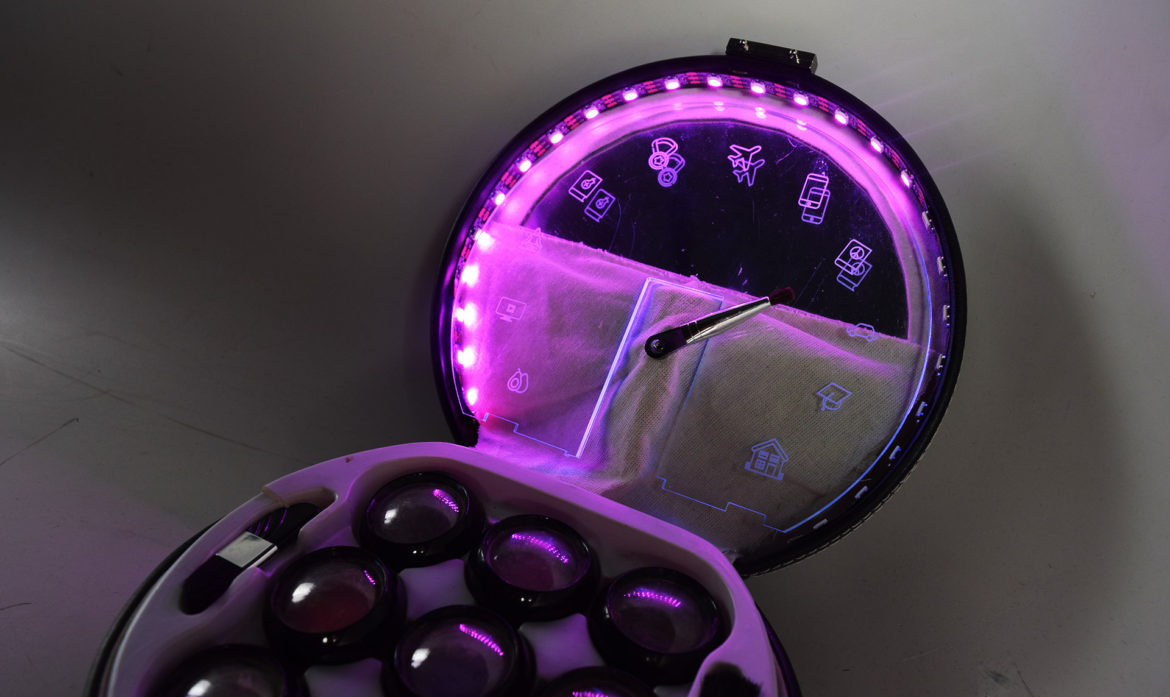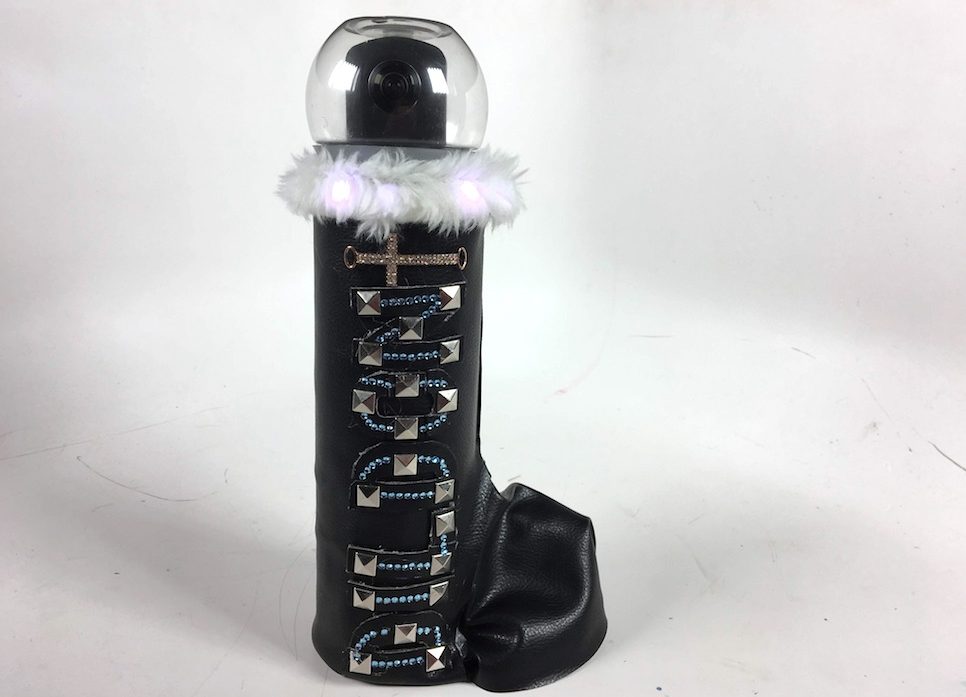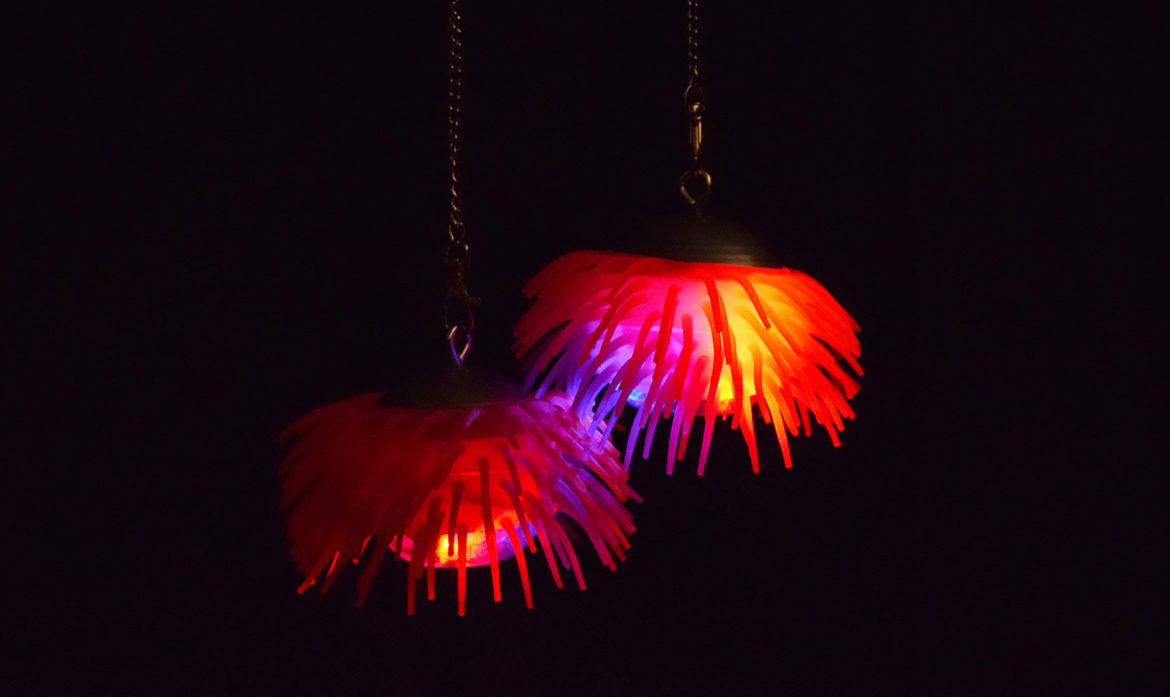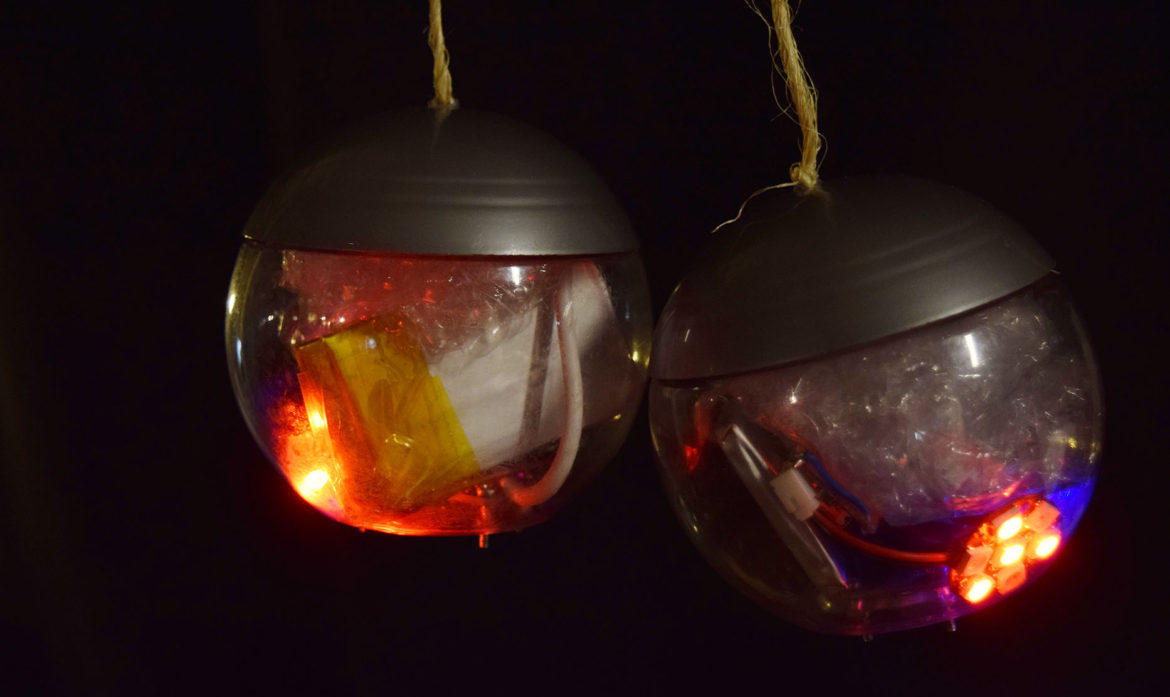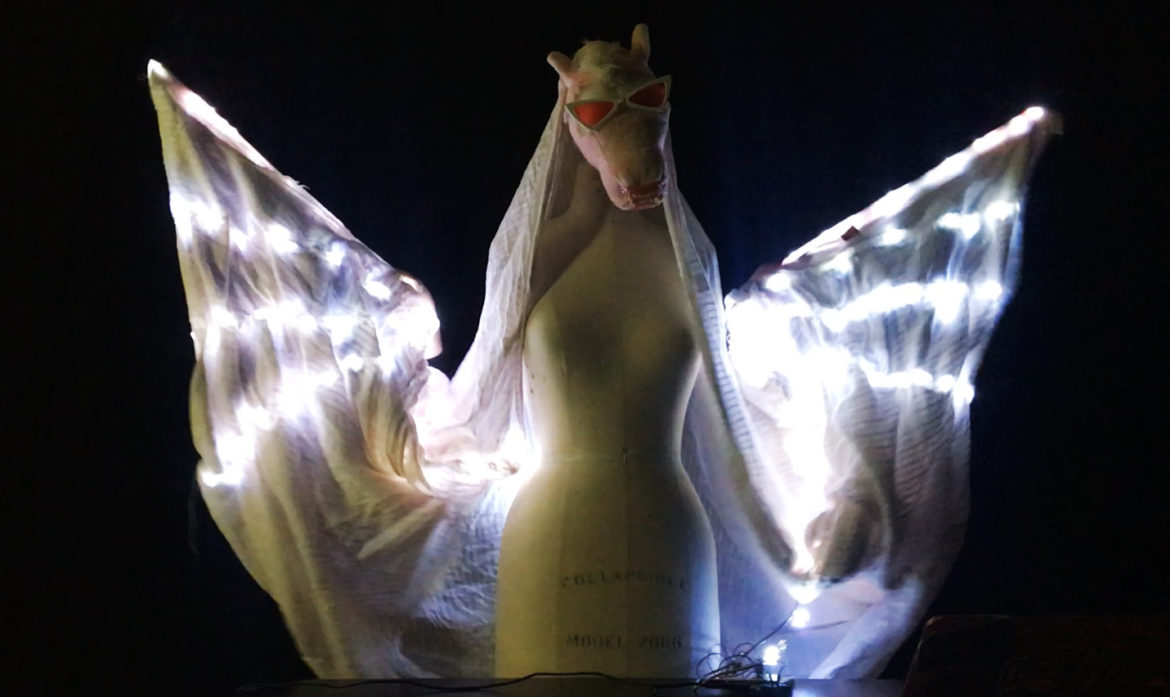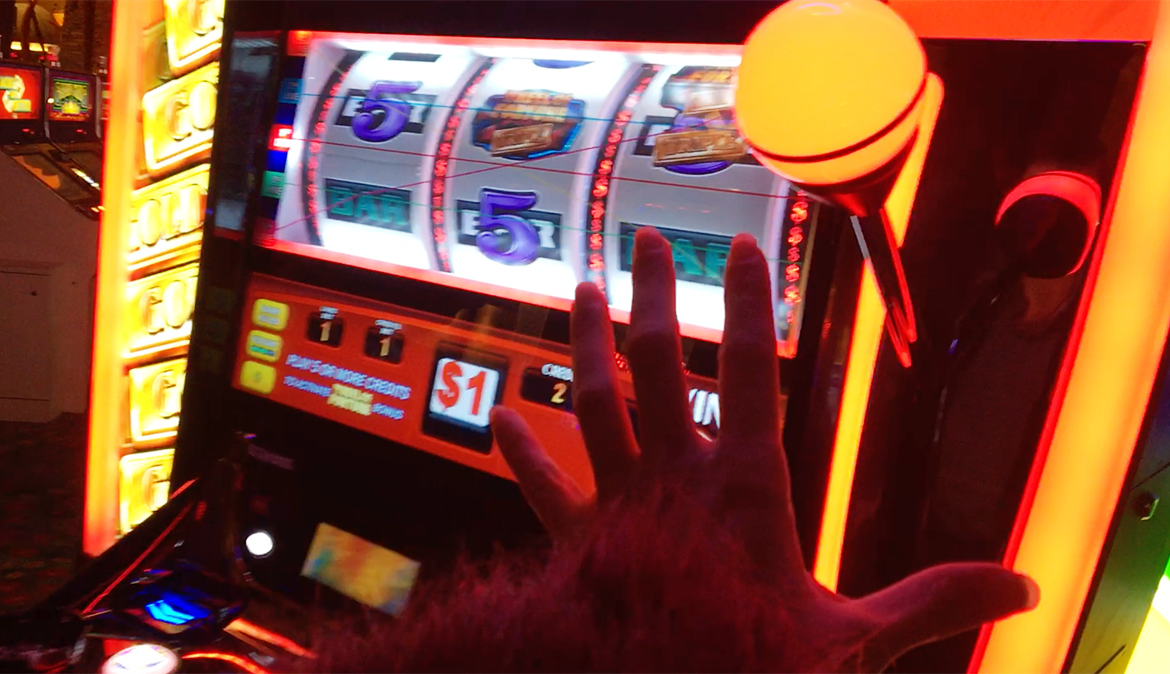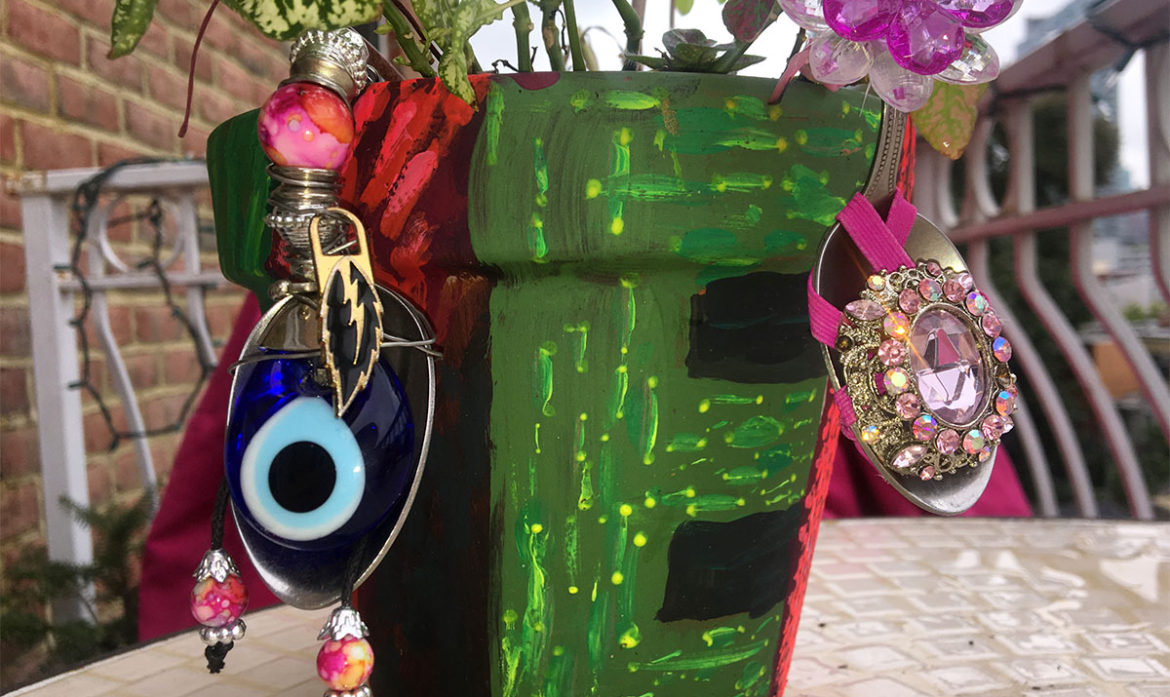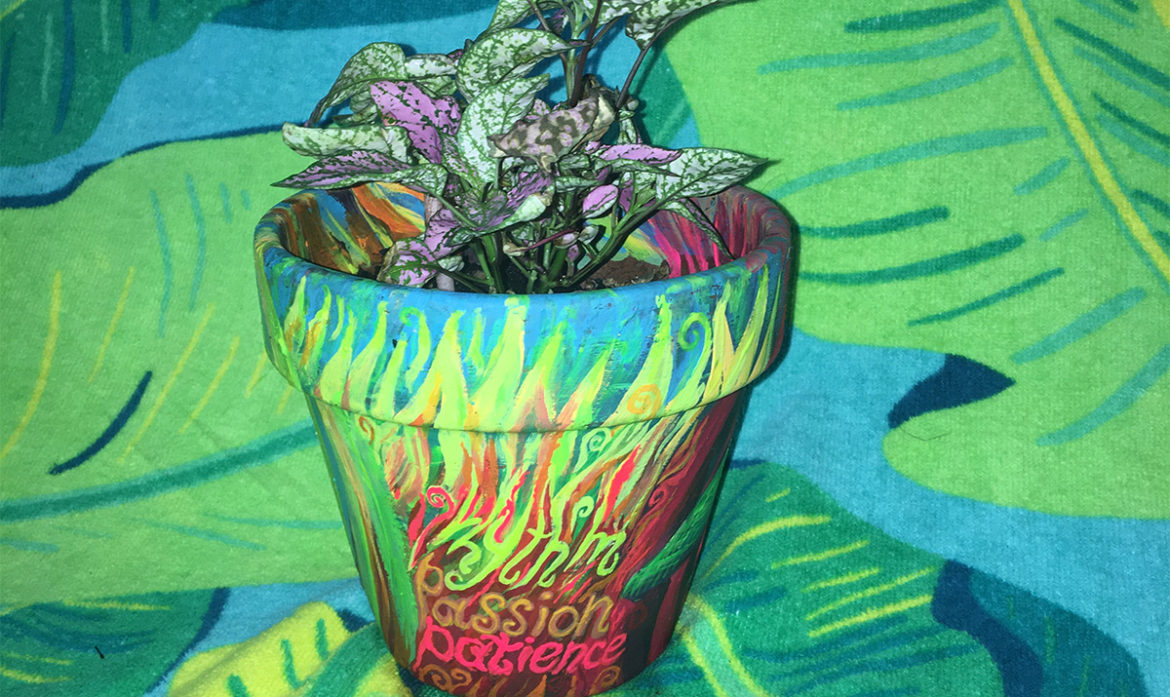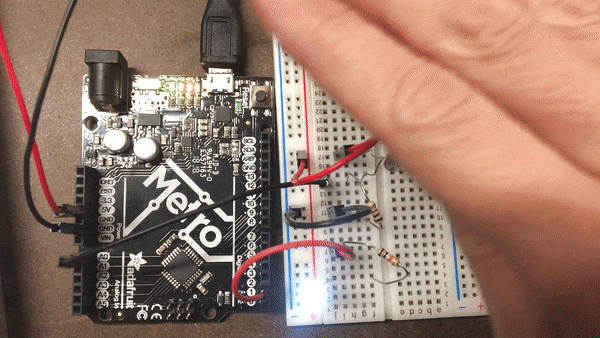A new critical object from Tanic Nakpresha and Alizarin Zroob is A makeup box counting the time accumulated applying makeup and compares it to the time necessary to accomplish life goals. Topic: Beauty StandardsAttribute: TimeMood: HarshDevice: Statistical facts With the beauty industry pushing us spending more time and more money on obeying to arbitrary beauty standards, the actual accomplishments that represent actual success are being pushed aside. Intelligence and education, health and fitness, and basic commodities such as housing, cellphones and avocados. Studies found that average women spend 2 years of their lives wearing makeup, and nearly $200,000. This original…
Trigger warning: sexual misconduct Topic: sexual assault prevention Mood: intimidation Device: grotesque As intrusive as an unsolicited dick pic, as obnoxious as a catcall, as shocking as unexpected groping in a public space… zroob productions is pleased to present: Dildon’t The sexual assault prevention toy Dildon’t was designed not only to criticize but mainly to prevent sexual assault. It is an unconventional sex toy that gives its user something more crucial than pleasure: a sense of safety. https://youtu.be/1nz8iitNsLo The #metoo movement have raised awareness to the issue of sexual assault. Dildon’t is taking the criticism one step further, and aims…
Recreating fire-spinning using electronics Spacetime Poi is Alizarin Waissberg’s final project at physical computing course with Tom Igoe at ITP. Spacetime Poi has all the necessary features for a fun, playful experience. It’s surprisingly sturdy, soft, and has long battery life. Accurate gyroscope readings from a sensor mounted to the poi control light patterns simulating fire. Besides the electronic parts, It’s made of unconventional, recycled and/or affordable materials. WiFi network sends mechanic data from within one of the poi to any computer that logs into it. Spacetime poi has proven itself as entertaining in multiple environments. Nonetheless, the current version…
Spacetime Poi is a final project at physical computing course with Tom Igoe at ITP. Following the final project proposition, a 2nd post describing the work process, defining concept, figuring out electronic components and crafting a unique case. Inspired by Fire Prior to actually making the spacetime Poi, I’ve had the chance to user-test with a regular set of poi – a pair of balls on strings, which led to some helpful insights. One of the testers who’ve seen poi before in their natural habitat, asked “are you going to light them on fire?!” “If everything goes according to plan,…
Intro to Physical Computing Final Project Proposition: a Playful Performance Art Instrument Recap Following the class presentation of our midterm project Albino Bat, final tweaks to the code were made. A smooth but quick fade was assigned to the light-up wings, depending on the magnetic field rather than the facing (angle) of the stick. In practicality, this fine-tuning has turned the Albino Bat into a delightful interface. After a very short learning period, I figured out and got used to the precise hand gestures turning the wings on and off. I became so in tune with this cyborg extension of…
Albino bat light-up halloween costume / wearable photography gear Halloween season and pcomp midterms were a wonderful opportunity to lay my hands on a first, ambitious project in wearable electronics. The objective: to design more that just a spooky costume, but also a practical wearable electronic device, capable of capturing footage at halloween’s wildest parties.
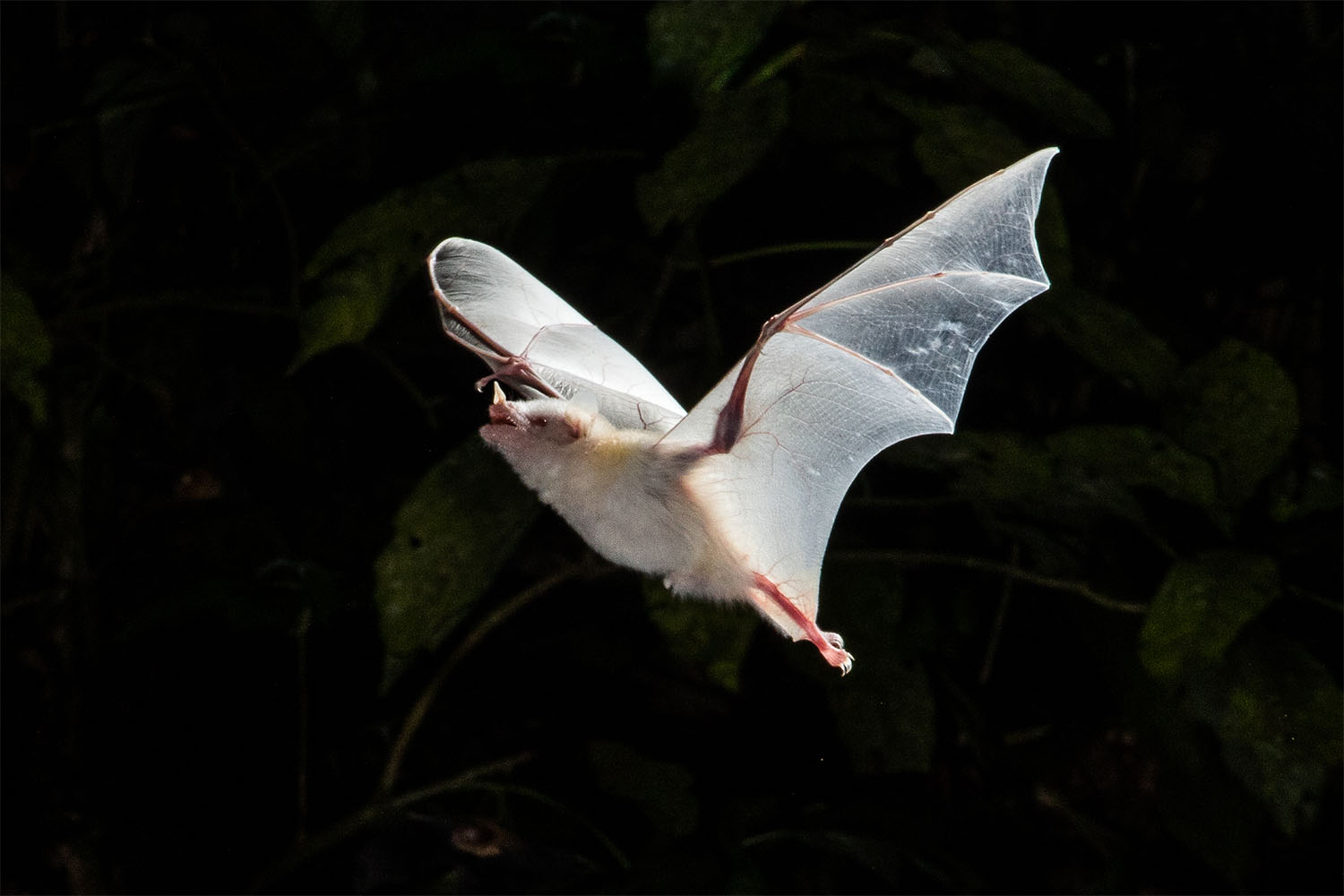
Pcomp Lab 5 and ICM exercise at serial communication. Promoting health by making each night a good night. Intro The following lab is brought to you by two subjects that were on my mind in the past week. The first, is Building health into the OS. A delightfully radical idea brought to discussion at ITP by Lori Melichar & Steve Downs of the Robert Wood Johnson Foundation. They promote entrepreneurship that enhances the user’s health by changing their life-habits through their smart devices. That’s a noble goal I could see devoting my life to. At least the official work-hours of my…
An electronic plant communication device that’s also an eco-friendly fashionable bling Welcome to Lab 4, featuring a continuation and refining of my lab 3 project. In lab 3 I was clumsily trying to build a plant communication device for my tropical pots. Playing with a manufactured moisture sensor lead me to understand how unnecessary it is. Also, it was clearly designed by someone, or something, that doesn’t understand neither botanics nor aesthetics. All a moisture sensor does is lets us check if soil is moist enough by examining its conductivity. If there’s enough water in the soil, it’ll close the…
At the 3rd lab of physical computing, I finally acquired enough knowledge to harness technology in a way that’s meaningful to me and my little living friends. This lab’s objective is to create an electronic monitor for my beloved hand-painted pots of tropical plants. The method? Attaching a moisture sensor and an audiovisual output, so the plants can let me know when they’re dry and need watering. These are my baby plants, hand decorated, home-grown from seeds and bulbs. They’re like pets but better: while pets output noise and poop for me to clean, plants output oxygen for me to…
Intro to Physical Computing – Lab 2 For lab 2, I wanted to try on a new component I discovered in my package. The smallest one: a light sensor. My goal was to apply creativity, resourcefulness and basic arduino literacy into a device that might become handy. My own home-made micro night-light! Analog test First, I connected an analog circuit to make sure all the components work. They do! As you can see, covering the sensor increases the resistance and dims the LED light subtly. This result is absolutely useless: I need my LED shining when the room gets darker,…

